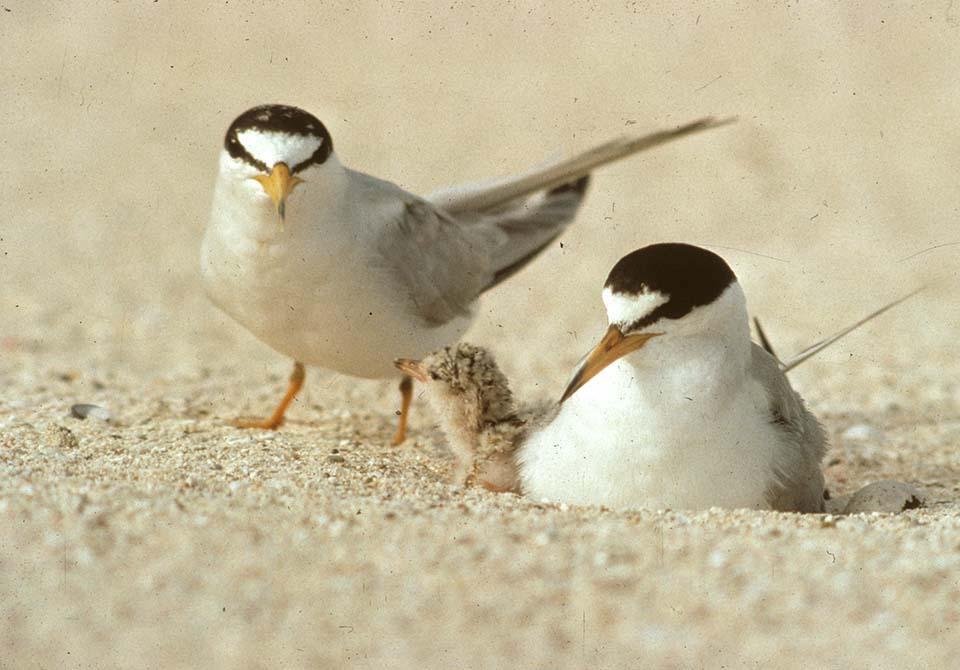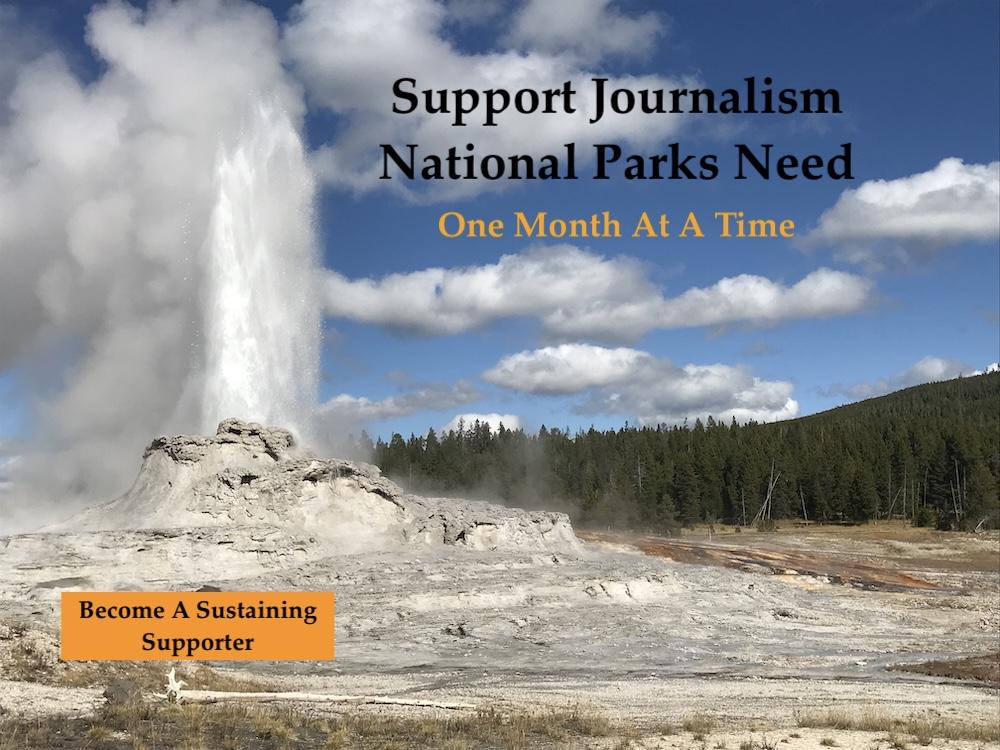
Least terns have returned to Buck Island Reef National Monument to nest/Craig O'Neal file
They're small, easily disturbed, and are looking for a little peace and quiet at Buck Island Reef National Monument for nesting. "They" are least terns, a locally protected migratory sea bird, and they've come to Buck Island's West Beach to raise their broods.
Buck Island Reef National Monument is one of 15 known nesting sites on St. Croix, U.S. Virgin Islands, for the least tern, Sterna antillarum antillarum. Every year, between April and May, the least terns return to St. Croix to nest, and typically choose West Beach at Buck Island as one of these nesting spots.
A group of about 20 adults has arrived at Buck Island and is establishing their nesting colony on the southeastern end of West Beach, according to the National Park Service. The colony can grow to more than 100 birds. To ensure protection for the colony, eggs, and chicks the Park Service has closed the southeastern section of beach from the sand spur point to the pier (south). The area is marked with signs, ropes/stakes, and warning tape.
The terns lay small speckled, sand-colored eggs in shallow depressions on the open beach. Both adults take turns sitting on the eggs, foraging for food, and protecting and incubating the eggs. They are easily disturbed by people walking nearby, and will leave the eggs and fly toward the invader. Every time a tern flies off the nest during the day, the eggs or chicks are exposed to excessive heat from direct sunlight and to possible predation.
The Park Service has allowed multiple-use activities to continue alongside the tern nesting, however the Buck Island Reef superintendent can close the beach to the public if the colony success is threatened.
The least tern nesting area on Buck Island Reef National Monument is unique to the Virgin Islands. It is the only area where the birds have no threat from vehicles, dogs, and other non-native predators. The only danger to the terns nesting success seems to be from human disturbance and dogs and other non-native animals illegally on the beach in the park.

 Support Essential Coverage of Essential Places
Support Essential Coverage of Essential Places






